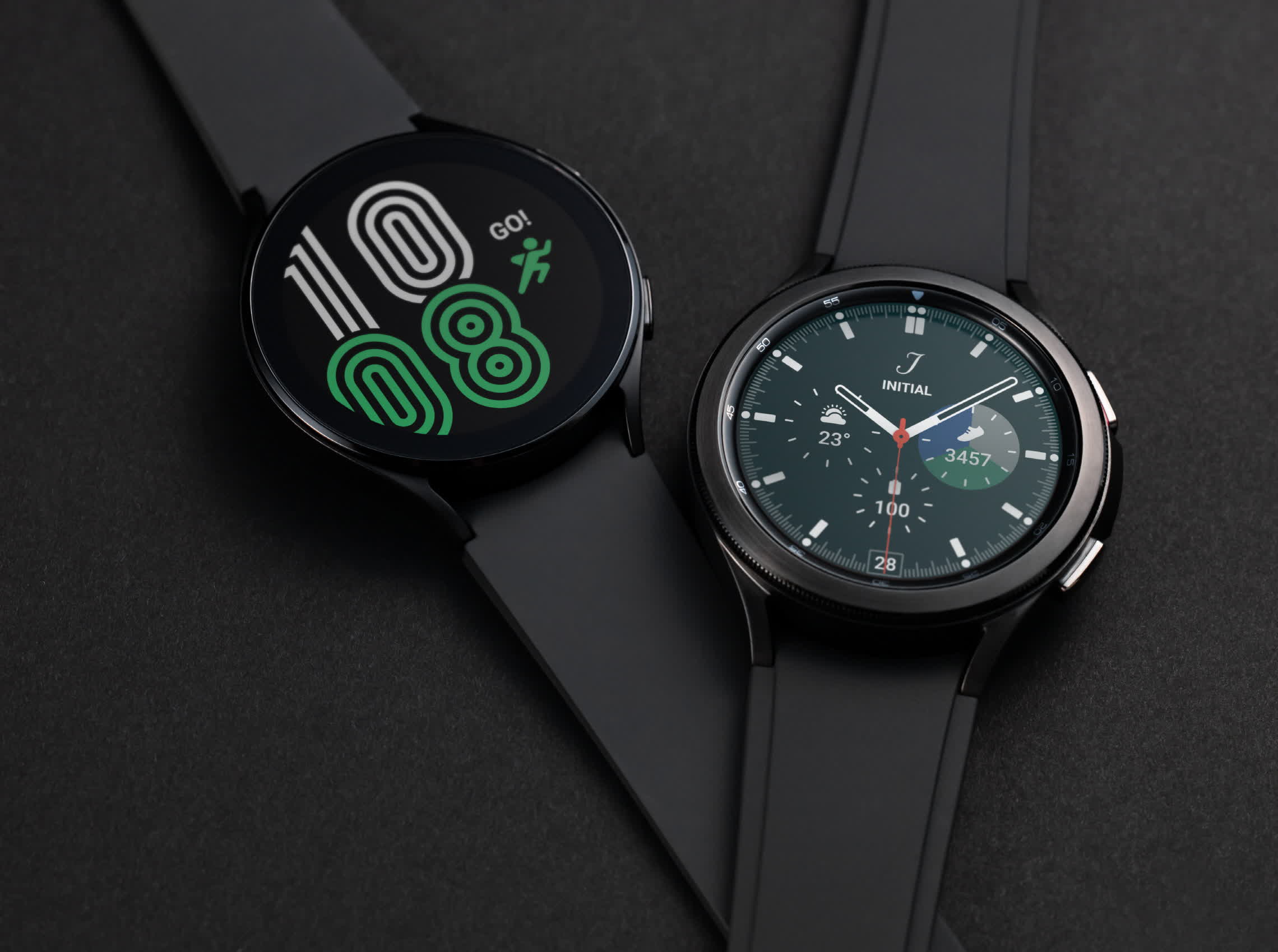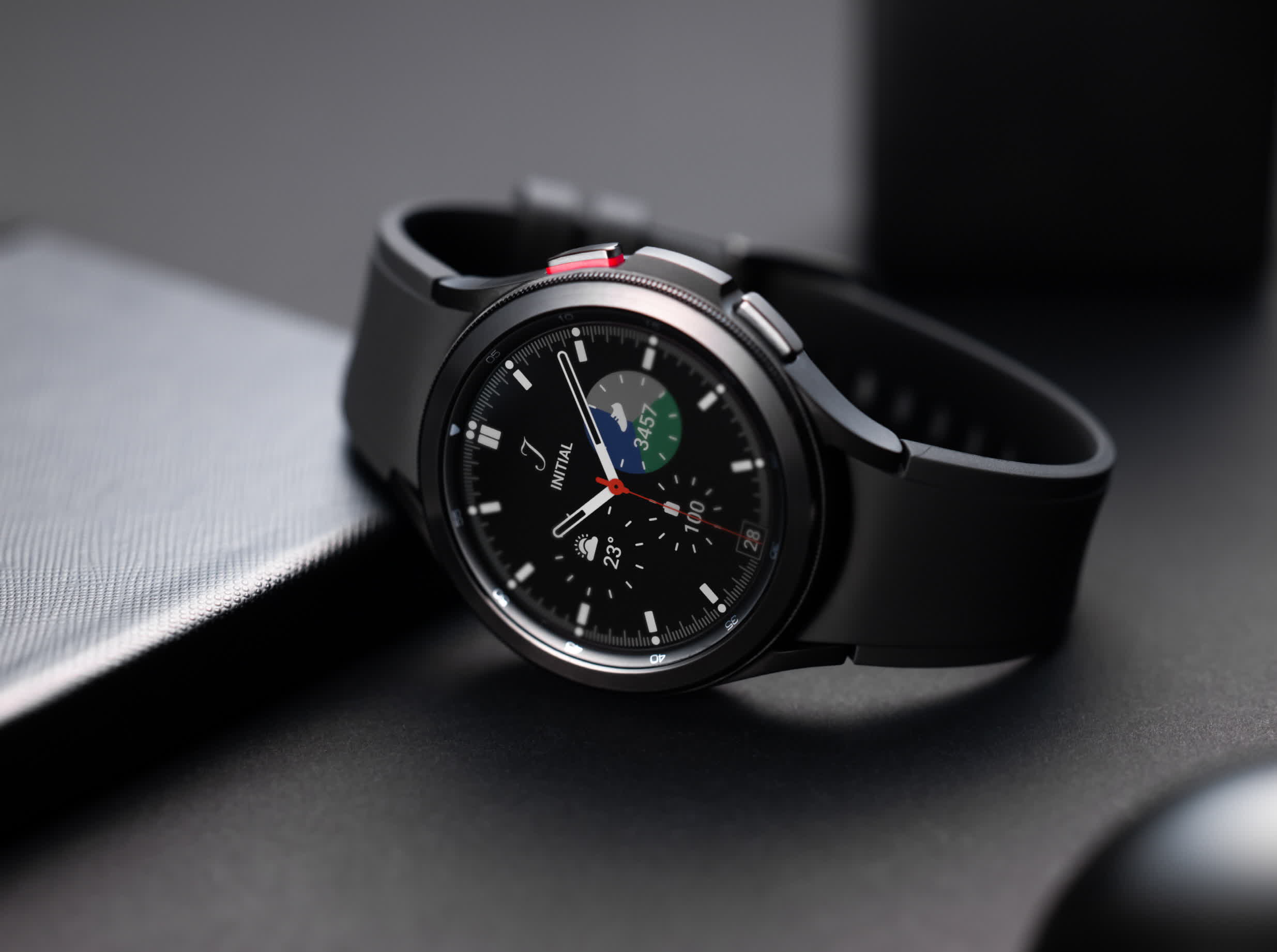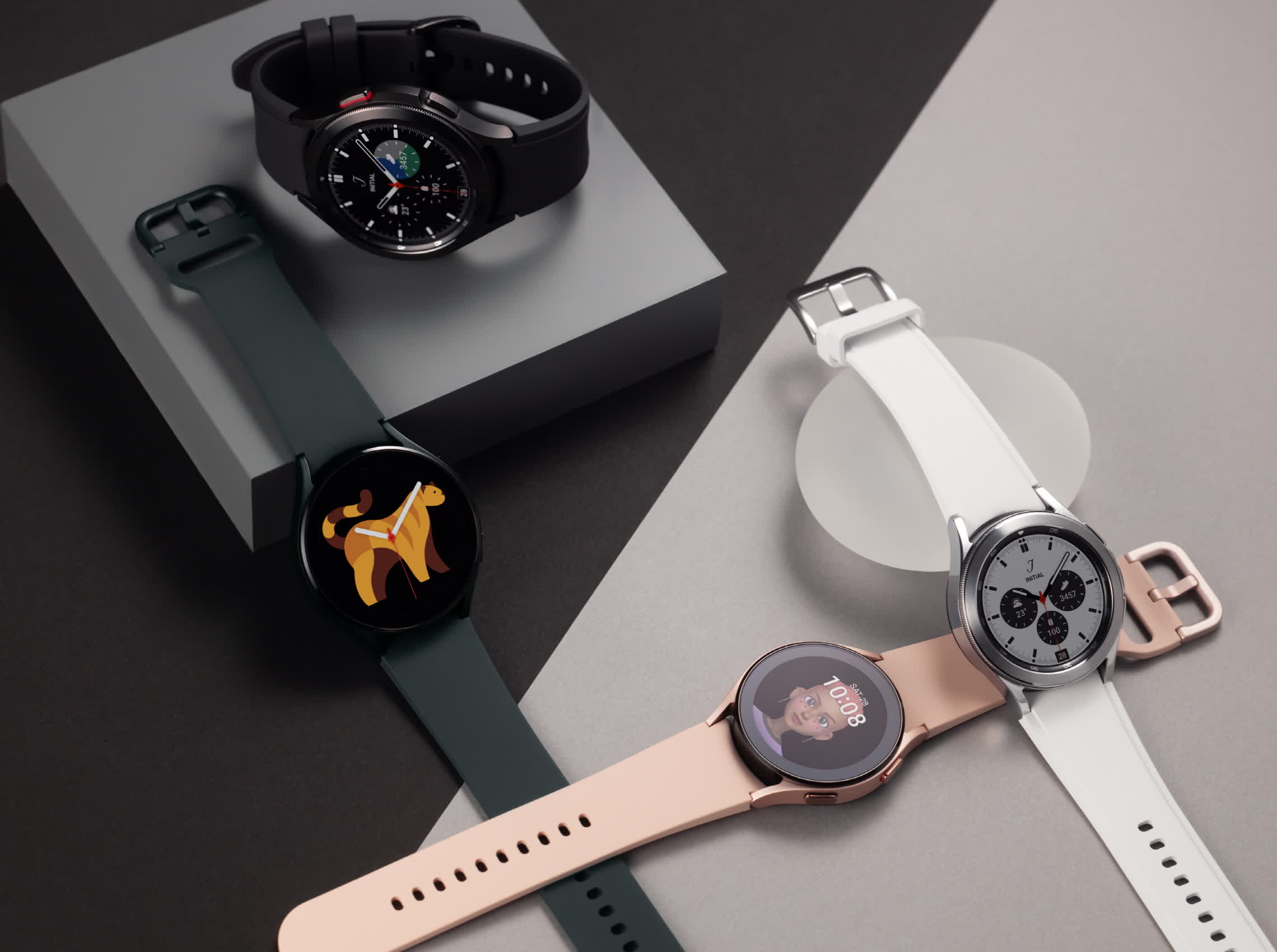Highly anticipated: The product of Samsung and Google's collaboration has arrived in the form of the Galaxy Watch4 and the Galaxy Watch4 Classic, with a powerful new chipset inside, a unified sensor, and a new One UI experience on top of Wear OS 3. The two watches will look familiar for fans of Samsung hardware, but they are the company's best yet – and leaving Tizen behind might help the Wear OS ecosystem attract more app developers.
The shining stars of this year's Galaxy Unpacked event were arguably Samsung's latest foldable phones – the Galaxy Z Fold3 5G and the Galaxy Z Flip3 5G. The company has tweaked the previous designs for increased durability, made them water resistant, and even added support for using the S Pen. The price is still a bit hard to swallow for phones that are even less repairable than before, but these new models show Samsung is committed to bringing them into the mainstream.
The company also promised to bring a much-improved Galaxy Watch to show the fruits of its partnership with Google.
The Galaxy Watch4 is now official, and it's the first wearable to run Wear OS 3, a combination of Tizen and Wear OS that is expected to rejuvenate the Android watch ecosystem and make it more competitive with the Apple Watch.

Samsung has added a One UI layer on top of Google's operating system that brings the experience in line with that of Galaxy phones. Bixby is still the default voice assistant on the Watch4, and now you have Google Maps, Google Pay, and YouTube Music along Samsung's own apps. Other notable features of the new One UI experience are automatic app installation, the ability to synchronize some settings between your Android phone and the Watch4, and access to the Play Store.
One of the key promises of Wear OS 3 is the consolidation of the Android smartwatch ecosystem to bring more developers on board. So far only Spotify, Lifesum, and Calm have confirmed they will bring their apps to the new wearable OS, but more could soon follow if enough people buy watches compatible with Wear OS 3.

The exterior design hasn't changed radically from the Galaxy Watch3, which saw the return of the rotating bezel for physical navigation. The Watch4 Classic looks like a bulkier Watch3, while the standard Watch4 looks like a slimmer version of the Galaxy Watch Active 2.
On the inside, Samsung has combined the Electrical Heart, Optical Heart Rate, and the Bioelectrical Impedance Analysis sensors into a unified sensor called "BioActive." It's worth noting that taking and ECG or measuring SpO2 levels are available worldwide, while monitoring blood pressure is still locked to certain regions and won't be available in the US for a while, as the feature is still pending regulatory approval.
There's also a Body Composition feature for those interested in a general view of your fitness, including body fat and lean mass percentages.

Running Wear OS 3 requires a beefier processor, which is why Samsung equipped the Galaxy Watch4 with the Exynos W920, a new 5nm chipset for wearables. This is no small upgrade over the Exynos 9110, as graphics performance is almost an order of magnitude better with the newer chipset. The Exynos W920 is backed by 1.5 GB of RAM and 16 GB of storage, and the company says the Watch4 is able to last up to 40 hours on a charge.
If you're interested in the new Galaxy Watch4, Samsung has made it available for preorder and will start shipping them on August 27.
The standard Galaxy Watch4 starts at $249, while the Galaxy Watch4 Classic starts at $349. Expect to pay an additional $50 for LTE models, and Samsung is also preparing a rhodium-plated Galaxy Watch4 Classic Thom Browne limited edition that will arrive in late September.
